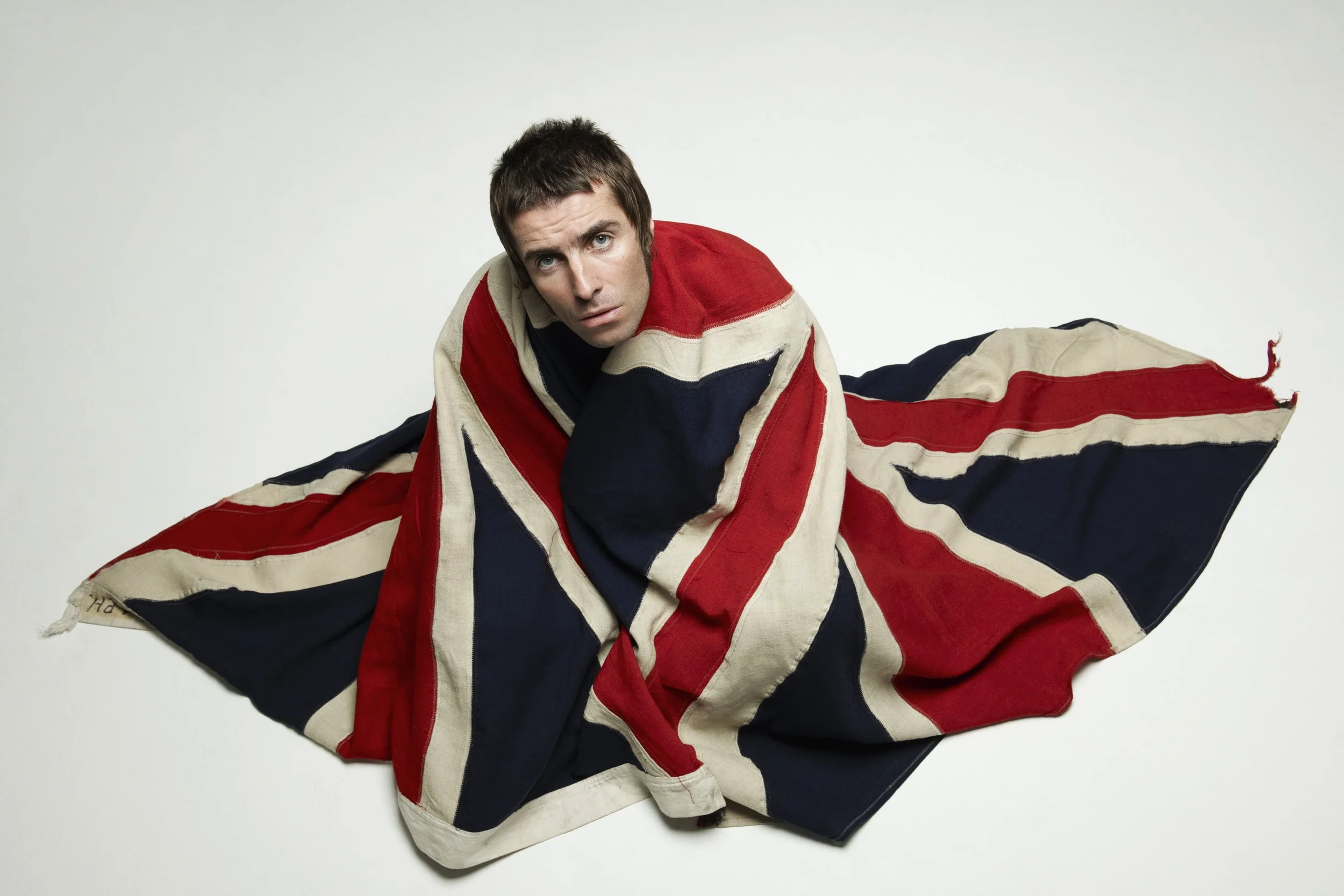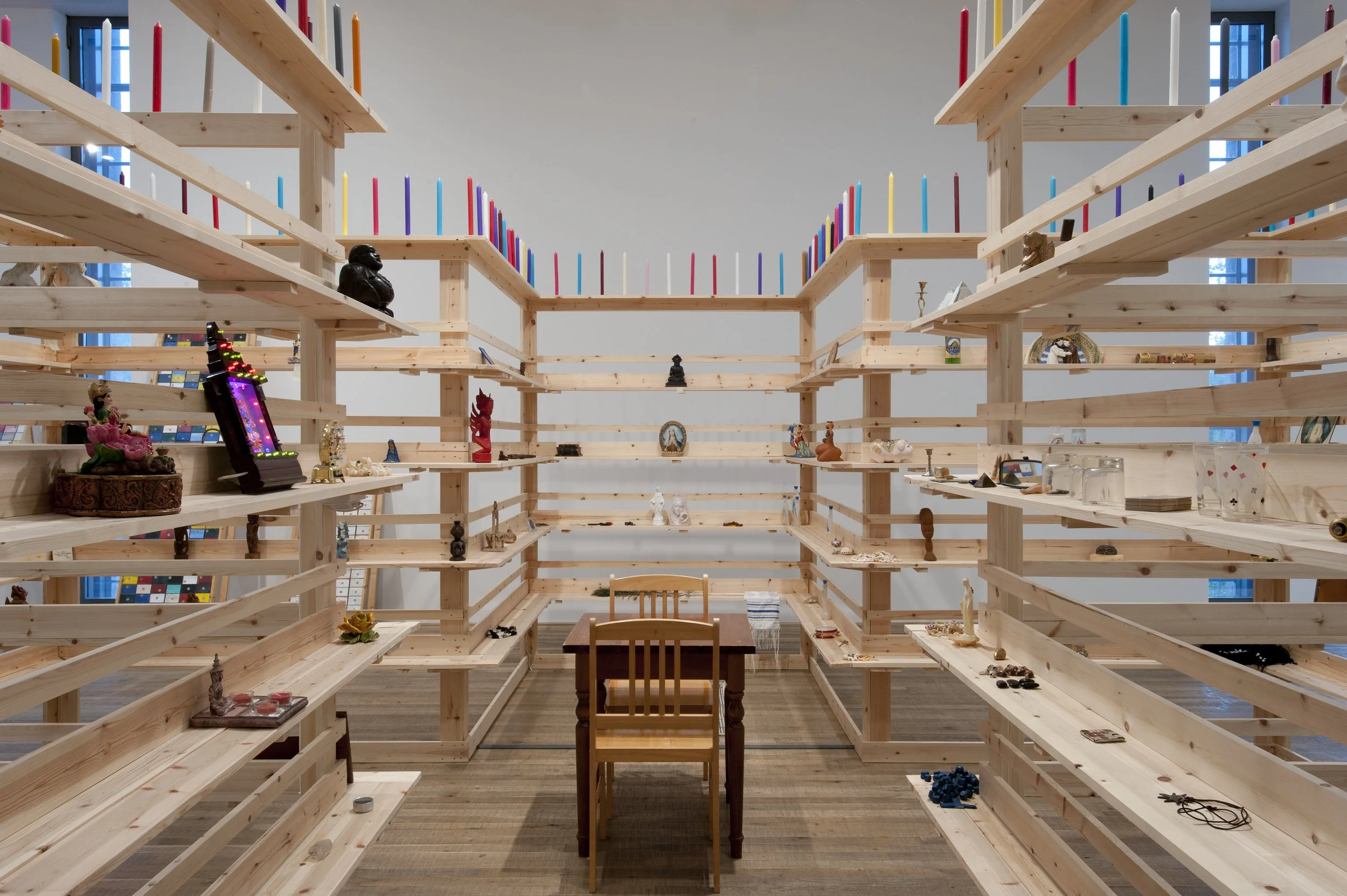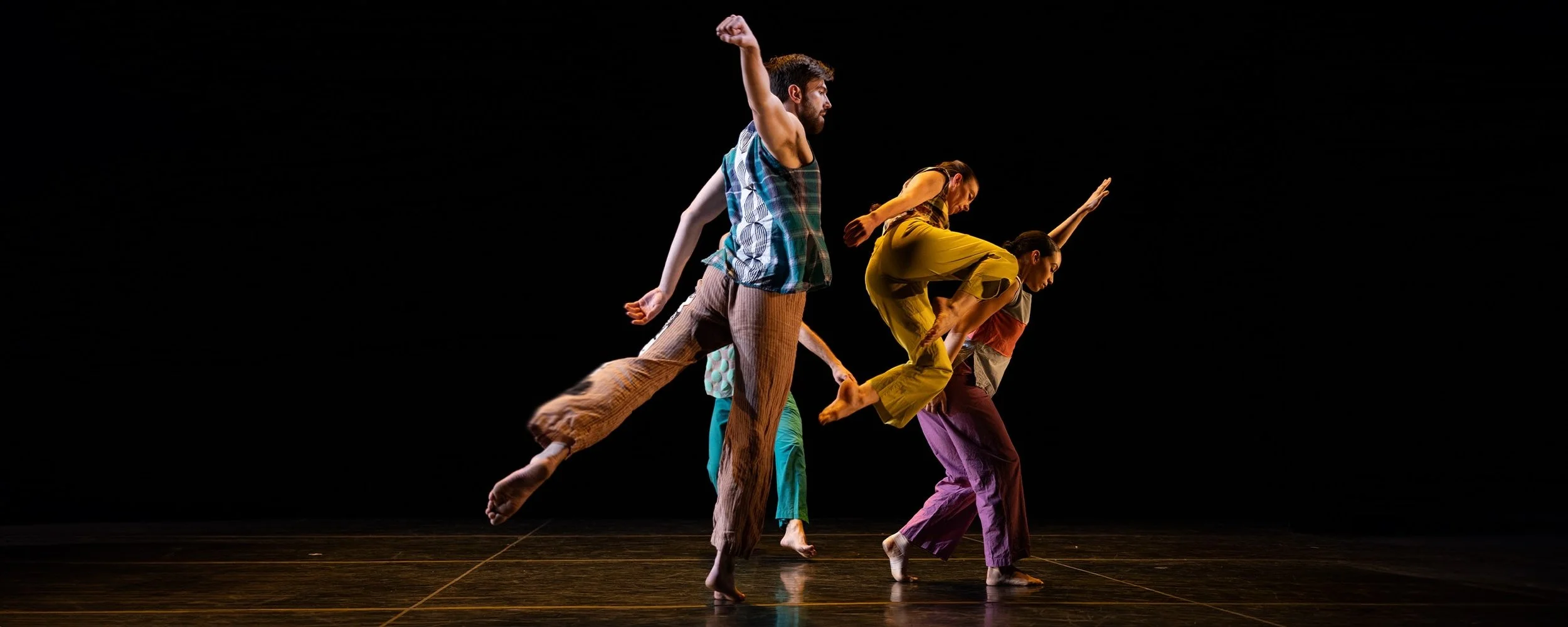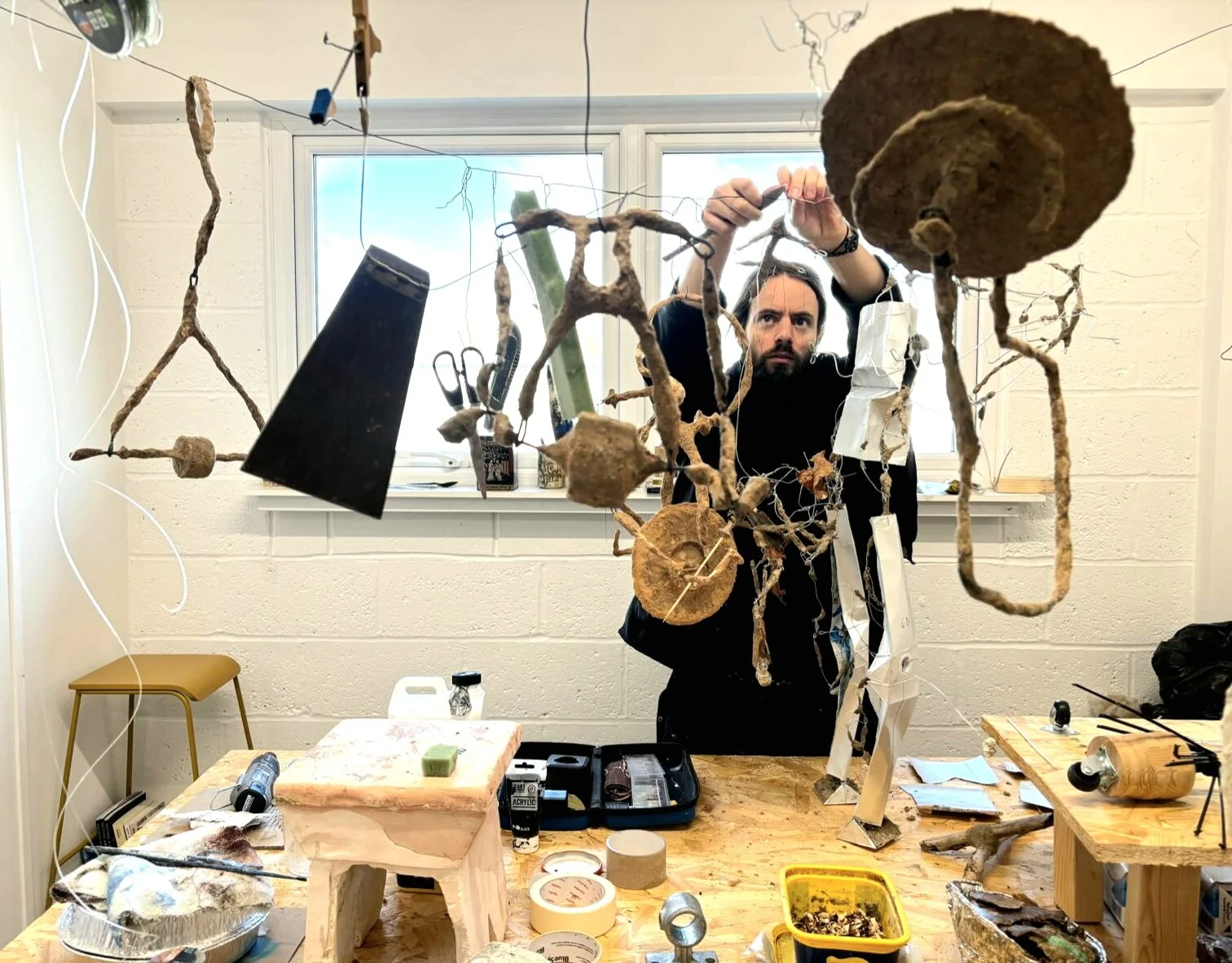Review: 1-54 Contemporary African Art Fair 2024 at Somerset House
Attending 1-54 this year, it’s easy to see why the fair has become a leading voice in the global discussion on Contemporary African art, as well as a driving force in the African art market with annual editions across three continents. You could easily spend the entire day exploring and have the privilege of meeting the artists in person. I was truly in awe of the exceptional quality of work on display, presented by leading galleries from around the world.
The fair hosts 60 international exhibitors from 23 countries, with 21 galleries making their debut at the 1-54 London edition. Notable newcomers include ADA Contemporary Art Gallery (Accra, Ghana), Amasaka Gallery (Masaka, Uganda), Art Pantheon Gallery (Lagos, Nigeria), Cynthia Corbett Gallery (London), Galerie REVEL (Bordeaux, France), Galerie Voss (Düsseldorf, Germany), House of Beau (Rabat, Morocco), Le LAB (Cairo, Egypt), Pearl Lam Galleries (Hong Kong, China), Post Gallery (Addis Ababa, Ethiopia), and The Melrose Gallery (Johannesburg, South Africa), among others. Both new and returning exhibitors will showcase works from over 160 artists across various mediums, including painting, photography, sculpture, mixed media, performance, and installation. The fair highlights renowned artists such as Esther Mahlangu, Tuli Mekondjo, and Mous Lamrabat, alongside emerging talents like Freya Bramble-Carter, Layo Bright, and Kofi Perry.
1-54 Contemporary African Art Fair returns to Somerset House, London from 10 - 13 October 2024. Image by MTotoe.
Artemartis (EMB13) is a Ghanaian art agency and collective representing a diverse group of contemporary artists. This year, they are showcasing three of their talents, with Kwaku Yaru standing out for his environmentally conscious approach. Yaru is passionate about reducing environmental impact and collects waste materials from stall owners at Makola Market in Accra to create his striking mixed-media portraits. He cleverly upcycles wax prints and the iconic blue-and-red chequered polypropylene bags found across Ghana, inviting viewers to engage with discarded everyday packaging in new and meaningful ways.
Naa Aku (2024), Kwaku Yaro. On display with Artemartis. Image by Natascha Milsom.
James Mishio’s works are a vibrant blend of acrylic paint, oil paint, fabric, and chalk pastel on canvas, all created using only palette knives. He applies acrylic paint for the background and parts of the outfits, oil paint for the skin of his figures, and fabric for their clothing, while using chalk pastel to add highlights. This combination brings a striking three-dimensional and realistic quality to his paintings. Meanwhile, October Gallery in London is showcasing pieces by Alexis Peskine, whose work is also featured in his exhibition Forest Figures, on view at their London gallery until 9 November 2024.
Wild Thoughts (2024), James Mishio, Artemartis. Image by Natascha Milsom.
Osart Gallery, Milan (EMB10), is showing work by Dan Halter, a Zimbabwean artist living in South Africa. Halter’s artistic research explores geographical boundaries, migration, and political and social issues through a keen use of craft techniques like weaving and the incorporation of everyday materials, such as woven plastic bags from China. Halter uses jet-printed texts on paper, which he then weaves into his artworks, adding layers of meaning through his choice of words. In his 2023 piece All Men Are Enemies, All Animals Are Comrades, he incorporates the entire text of George Orwell’s Animal Farm. This text is meticulously hand-woven to resemble a 100 billion dollar banknote from Zimbabwe’s Reserve Bank.
Section from Monopoly Discourse on Inequality (2024), by Dan Halter. Image by Natascha Milsom.
For Monopoly Discourse on Inequality (2024), Halter makes reference to the philosopher, Jean-Jacques Rousseau’s 1755 essay Discourse on Inequality, which argued that the concept of land ownership led to debilitating inequality, as a point of departure to question current inequalities. The text is ironically created in the form of a woven Monopoly board. A more capitalistic game you will not find. South Africa, Halter’s current country of residence, is widely recognised as one of the most unequal societies in the world. The history of land acquisition has generated enormous wealth for decedents of, generally white, colonials while leaving the majority deprived and landless. Another work resembles DNA. A very worthwhile stand to explore.
Sunken, (2024), Gbemileke Adekunle. Courtesy of TAAH. Image by Natascha Milsom.
TAAH (The African Art Hub) (EMB8) is a visionary UK-based e-gallery and platform dedicated to championing contemporary African art. They are showcasing Sunken by Gbemikele Adekunle, a thought-provoking piece that confronts the depths of the human psyche. Adekunle’s works often explore themes of melancholy, heritage, and mental health, and Sunken is a hauntingly beautiful painting that embodies these concepts.
In the East Wing is Galerie Carole Kvasnevski, founded in 2010. Carole has actively engaged with her African identity by promoting works by emerging Cameroonian artists like Jean David Nkot and Marc Padeu. Today, she showcases a diverse array of talent, including rising stars such as Lindokuhle Khumalo, Justin Ebanda, and Morgan Mahape, alongside established artists from the African continent and its diasporas, such as Angèle Etoundi Essamba and the renowned Zanele Muholi. After recently experiencing Zanele Muholi’s phenomenal photography at Tate Modern, it was intriguing to see her beaded portrait work featured at Carole’s stand.
Galerie Carole Kvasnevski showcasing beaded works by Zanele Muholi. Image by Natascha Milsom.
From here pop over to Ed Cross (E10) who has the work of Abe Odedina. While Odedina describes himself as a folk artist, his practice both implicitly and explicitly challenges the validity of ‘folk art’ as a distinct category. His creations celebrate their objecthood in a gesture that is both radical and simple. Rather than using canvas, Odedina paints on board, with compositions that embody the solidity and practicality of shop fronts or municipal murals. His work integrates compositional elements from Renaissance portraiture, devotional painting, and even pop art, framing figures from diverse mythologies—Yoruba, Haitian, Ancient Greek—alongside passers-by and characters drawn from his imagination. A striking favourite was Free Standing (2024).
Free Standing (2024), Abe Odedina. Image by Natascha Milsom
Throughout the fair there is an overriding sense of the importance of bold colour which hold deep meaning in African culture. Red symbolises vitality & life force; yellow represents spirituality & royalty. Green embodies nature & fertility while blue signifies protection & spirituality. But one also desires the earthy tones and connection with the land and the work of Christine Nyatho harnesses the raw essence of locally sourced materials, including Ugandan bark cloth, discarded paper, and fabric. There is a selection at the Amasaka Gallery, Uganda (EMB7), features her piece In Her Shoes (2024), made from bark cloth, raffia, and acrylics on linen. The gallery also showcases the work of young artist Tibeb Sirak, whose series Patterns of Life draws inspiration from Somali and Ethiopian cultures and incorporates woodcut techniques.
Patterns of Life by Tibeb Sirak. Image by Natascha Milsom.
One can seek to highlight certain artists but all I can say it is a tricky task to narrow it down. As I wandered the galleries, I could not help but lust after the works and dream of how beautifully they would adorn my home. It is pure joy to see so much unique creativity under one roof and while there is an overwhelming amount of art to see one keeps plodding on for fear of missing out. If you have a spouse, friend or partner you wish to introduce to the art world this would be my top pick for them. There is truly something for everyone. If you miss it this year, make sure you’ve got it in your diary for 2025!
Click here for our review of Special Projects at this year’s 1-54 Contemporary African Art Fair.
Date: 10 - 13 October 2024. Location: Somerset House, Strand, London WC2R 1LA. Price: from £29.Concessions from £15. Book now.
Review by Natascha Milsom











































